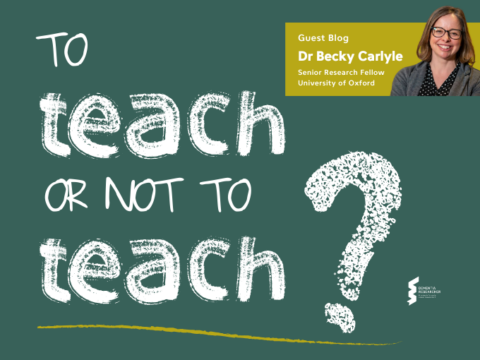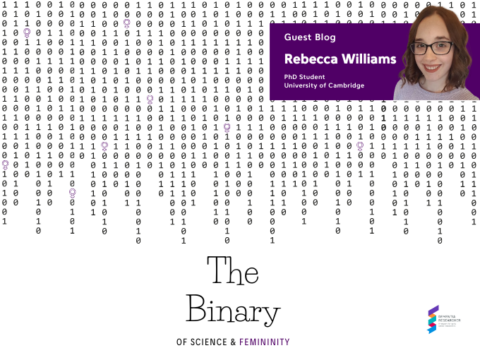I’ve always had a really close relationship with art. Long before I decided to pursue the world of academic research, I wanted to be an artist. I was committed enough to the cause that I prepared my portfolio for university applications to a variety of art schools. And then, in typical hothead fashion, I had an argument that changed the course of my plans. Ten years of university education, and one completed post-doc later – I’m currently in the midst of my second – and I am firmly embedded in the world of dementia research, with art still a side passion but one that I devote far less time to than I would like.
I constantly meet people in the world of academia who find it absolutely baffling that art was ever on the cards for me, how is it possible to be in such a different field now? Thing is, it’s not that different. I always talk about putting people living with dementia at the centre of our research, and pretty much everyone loves some kind of art – be it crafting, music, dancing, or endless other things – including those living with dementia. That doesn’t just go with a diagnosis and can even provide a valuable avenue for expression when others start to get trickier. So in this blog post, I want to argue for the utility of art in the dementia and brain health space, both for research communication and helping those living with dementia.
As researchers, one of the more challenging things about our jobs is often communicating our work in a manner that is accessible to our audience, who are often ‘lay’. But the meaning of that term, lay, can be difficult to get right. By definition, this is an audience without expert knowledge on the topic, but sometimes lay audiences are novices, rather than completely external to the field. They can also vary vastly in age and life experience, meaning it is sometimes difficult to know exactly how to target a piece of scientific communication that relies on words. Additionally, the language of science is English, but that may not be a language spoken at native level by your audience. Per the NIHR, ~7 million adults in the UK have a reading age of ≤ 9 years old, and 4 in 10 have difficulty understanding health-focused content written for public consumption. When you move to the world of art, you take away the reliance on language, and then have a method of communication that words transcend. This might sound ridiculous if you aren’t particularly artistically-minded, but think about it – the posters and talks that win prizes at conferences are most often the ones that rely far less on words, and far more on graphics, i.e. art, to explain their point.
Scotland is the only country in the world (at least, to the best of my knowledge…) where brain health is on the curriculum, and as a scientist who works here, I get to take part in a lot of fun, hands-on sessions to explore brain health through crafting. One of my favourite science communication activities is something called the Build-a-Brain workshops, the brainchild of Dr Lizzie Burns, in collaboration with the University of Glasgow, where we visit primary schools across Glasgow and help students to make models of the human brain from modelling clay. The students always have a blast and come away having learned a lot, but it’s not from a session full of words like “oligodendrocytes” or “neurodegeneration” that I use often in my day-to-day job, it’s getting hands-on with a concept that is often intimidating (science), by exploring it in a way that is familiar (clay modelling).
Art can also be hugely beneficial to people living with dementia themselves, particularly those who have verbal limitations, as it is a powerful alternative outlet for communication. Taking part in artistic activities stimulates the brain, and enables expression of emotions, memories, and current thoughts, whilst promoting cognitive functioning. It can allow for a person living with dementia to connect with themselves in a new way, or preserve activities they enjoyed prior to their diagnosis, which in turn may help to reduce the anxiety and agitation which is often associated with dementia. The flexibility and breadth of the world of art means that the choice of activity can be tailored to an individual, and can be social and reduce feelings of isolation, or approached independently and encourage a feeling of autonomy that is often lost after a dementia diagnosis.
We can also glean information as to the nature of dementia itself through art made by people living with the condition, such as that of William Utermohlen. An established artist, he was diagnosed with Alzheimer’s disease in 1995 and the progression of his condition was seen in changes in his work.
This has been a whistle-stop tour of the value of art in the world of dementia, and it’s definitely something I’d like to explore more in future blog posts, including some tips I’ve learned over years of crafting with family members living with dementia. But for now, I hope I have started to convince you that art is an under-utilised and incredibly effective way in which to communicate science, both to other researchers and the general public, with evident benefits as a creative outlet for expression for people living with dementia.

Jodi Watt
Author
Dr Jodi Watt is a Postdoctoral Researcher at University of Glasgow. Jodi’s academic interests are in both healthy ageing and neurodegenerative diseases of older age, and they are currently working on drug repurposing for dementia. Previously they worked on understanding structural, metabolic and physiological brain changes with age, as measured using magnetic resonance imaging. As a queer and neurodiverse person, Jodi is also incredibly interested in improving diversity and inclusion practices both within and outside of the academic context.

 Print This Post
Print This Post







The way you described those Build-a-Brain workshops really resonated with me. It’s amazing how getting your hands dirty with clay can help kids grasp complicated stuff about the brain. And it’s not just for the little ones – I bet plenty of adults could benefit from a hands-on approach to learning, too!